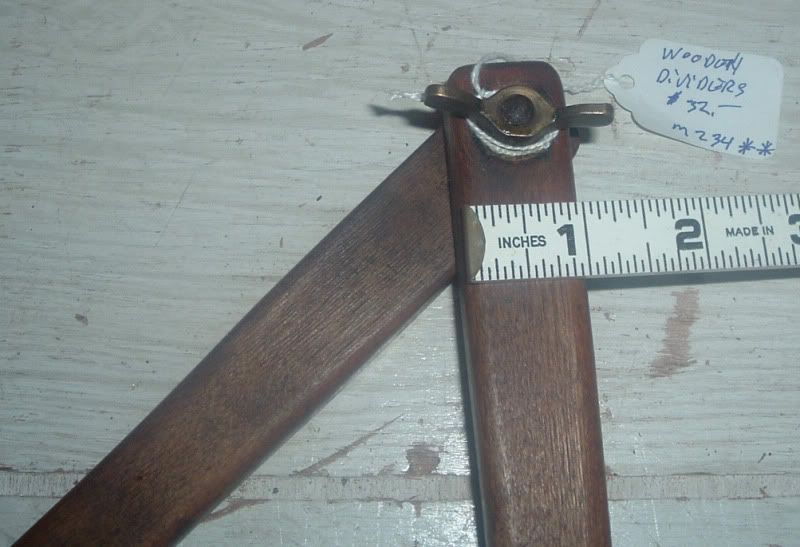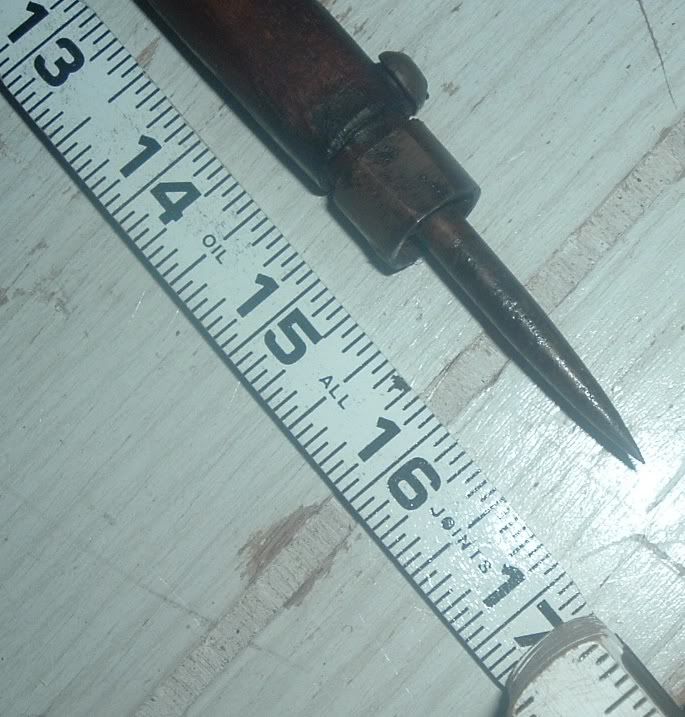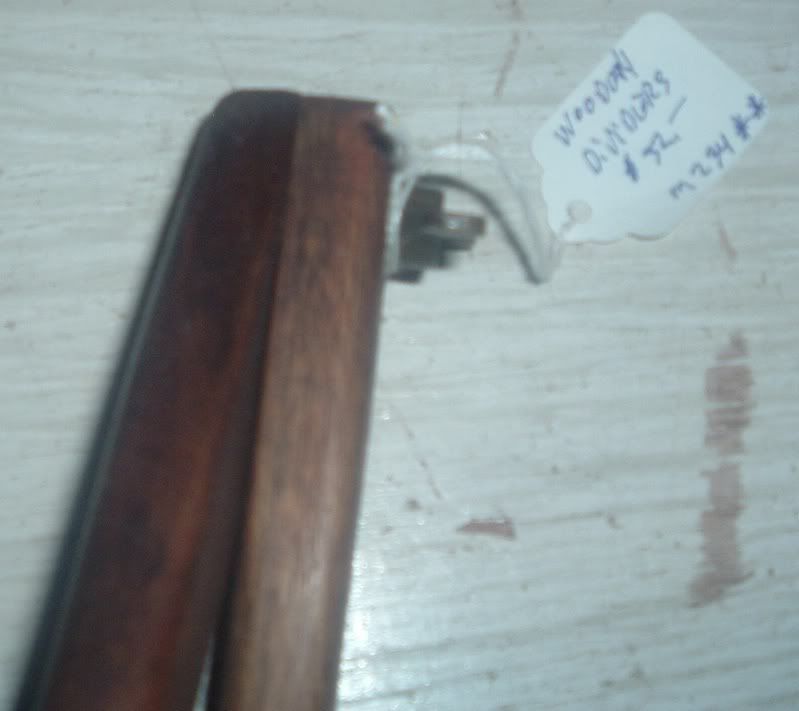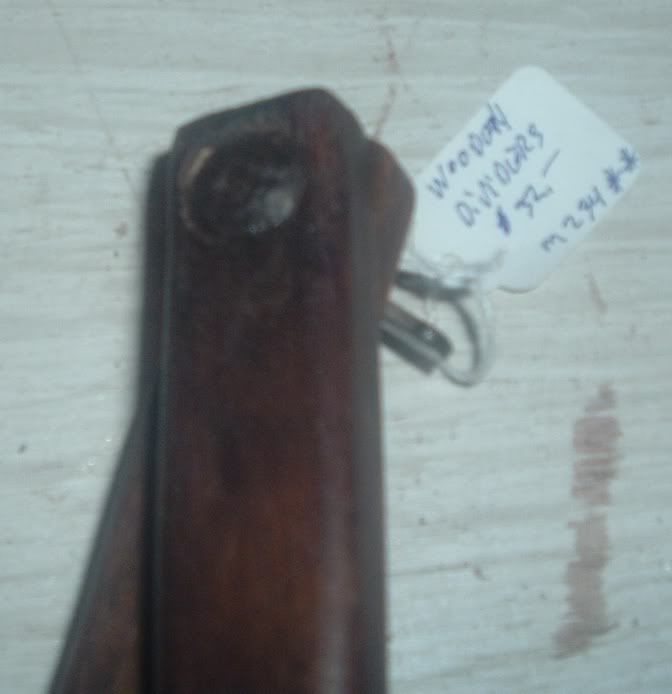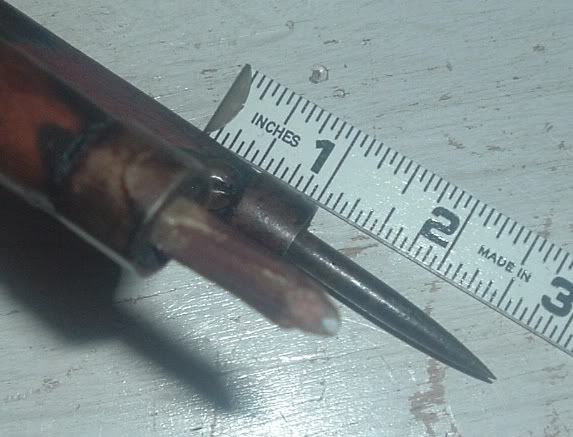Posted By: D L Bahler

Compass - 02/25/11 02:51 AM

This is a picture of a medieval master mason, likely the chief architect of a cathedral, with a very important tool in the practice of medieval architecture, the large 'outdoor compass'

Another picture from a 14th century manuscript, depicting a king with his chief architect.
The giant compass is used to transfer measurements from the architect's plans to full scale at the building site. The procedure here seems to have been to take a few key measurements from the drawings with the small drawing compass, and set the the large compass to several times the opening size of the smaller one, which is then swung a number of times to yield the final measurement.
To do this you need a scale, say 1:150, this is the scale of the drawing. You then need to take two factors of this number, say 15 and 10. To get the full scale measurement, you might first use the small compass to make a line 15 times the size of the original on the drawing, then set the large compass to this size and swing it out 10 times to yield the full sized line. This procedure is subject to slight inaccuracies on the order of perhaps an inch or two in 50 feet.
Now I have this on the tool forum, because I have a question.
I wonder if it would be possible for me to obtain, or else have made, a giant compass such as this.
The following can be observed about its construction:
They are generally somewhere around 3 feet in height, made of metal (presumably steel)
They have at least 1 retaining arc to help hold their positioning, whereas contemporary drawing compasses generally had no retaining arcs. These arcs are necessary to keep the compass in perfect alignment as the weight of the legs would be too much for a set screw at the joint to handle.
It seems that the retaining arcs worked by means of a light hammer tap, by which they were driven into wedged openings and thus held the alignment by friction. Or alternately they may have been held into position by driving a wedge into the openings in the legs that they passed through. Perhaps a modern version could work adequately with set screws rather than wedging.
I would like to have such a tool because I think it would be very useful to me, and easier to use than a rope compass.

